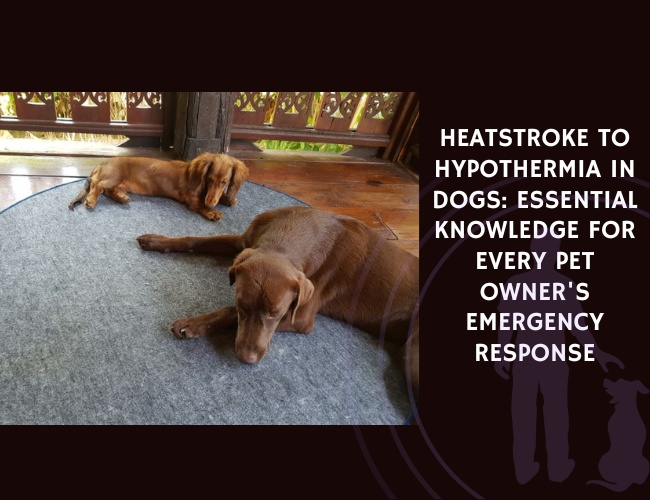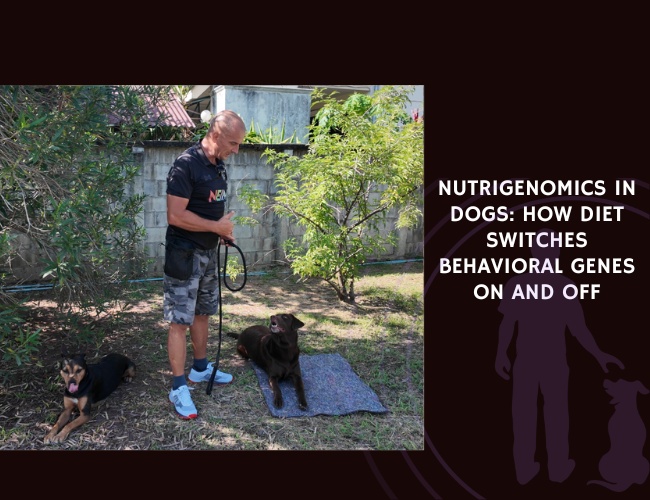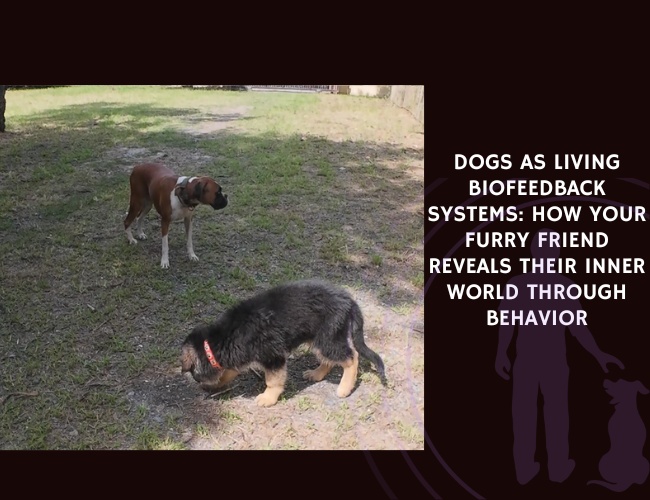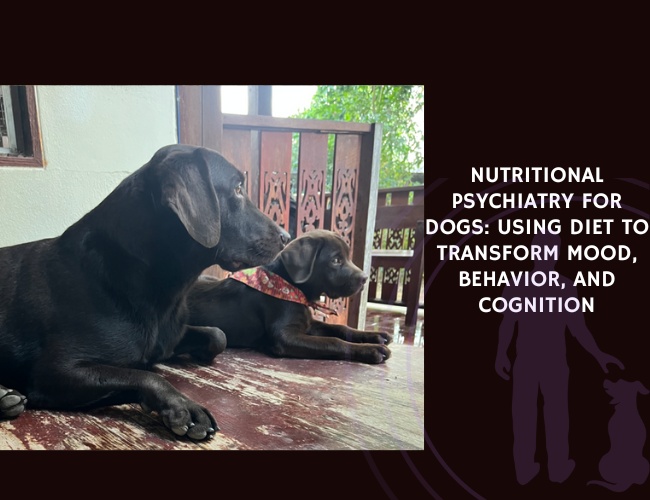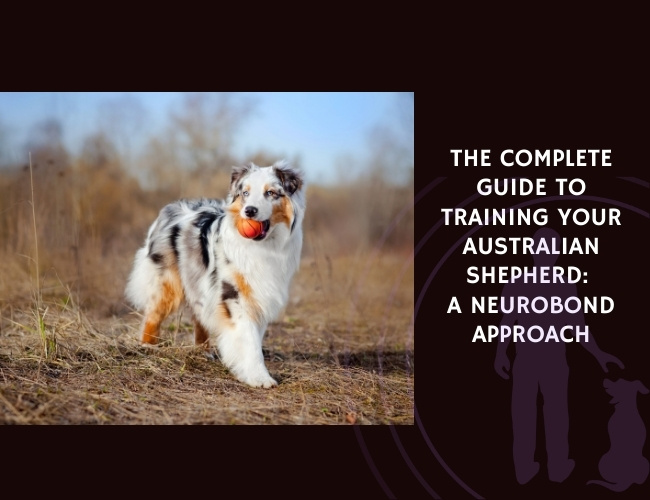Understanding Canine Thermoregulation
How dogs keep their cool (and warmth)
Dogs are amazing at adapting to both hot and cold environments, but their natural tools for regulating body temperature are a little different from ours. While humans sweat over much of their bodies, dogs rely mostly on panting to cool down. When they get hot, evaporative cooling occurs as they breathe quickly. This helps lower their core temperature. To warm up in the cold, dogs shiver to generate heat and often curl up to reduce heat loss. They also use simple behaviors like seeking shade or shelter to stay comfortable.
Dogs’ bodies respond to temperature changes with two main tricks:
- In heat, they send more blood to the skin (vasodilation) so it’s easier to get rid of warmth.
- In the cold, they reduce blood flow to the skin (vasoconstriction), keeping heat close to their core.
Why size, coat, and shape matter
Not all dogs are built the same, and their ability to handle temperature extremes depends a lot on their physical traits:
- Coat type: Thick coats (think of Huskies and Malamutes) offer top-notch insulation against winter, but can make hot weather a struggle. Thinner coats don’t keep dogs as warm in winter, but help them cool down in the heat.
- Size: Small dogs have a higher surface area compared to their body weight, which makes them lose and gain heat more quickly than big dogs.
- Shape: Dogs with short noses (like Bulldogs and Pugs) have a hard time cooling off because their airways aren’t as efficient for panting. Extra body fat acts as insulation in cold but can make heat stress worse.
- Age and health: Puppies, older dogs, and those with underlying health problems are more at risk in temperature extremes.
Comparing cold and heat tolerance across breeds
Breeds that come from cold parts of the world, like Huskies, have evolved thick fur to survive snow and icy winds. Their bodies are built to hang on to heat and handle freezing temperatures much better than dogs from warm regions. On the other hand, Bulldogs and similar breeds have shorter coats and flatter faces. This means they struggle to stay cool in summer and are more prone to overheating.
Even with all these natural adaptations, every dog is unique. It’s important to know what makes your pet comfortable and safe. Careful observation goes a long way in keeping your four-legged friend healthy as the seasons change.
Let’s keep building our knowledge so that you can spot early warning signs and step in before a temperature emergency becomes life-threatening.
Recognizing Heatstroke in Dogs
Understanding how dogs get overheated
Heatstroke in dogs often happens when their bodies cannot cool down fast enough. Common triggers include intense exercise during hot weather, being confined in spaces without enough ventilation, and a lack of access to shade or water. Even a parked car, which heats up quickly, poses a serious risk. Dogs with thick coats, short noses (like bulldogs), or certain health conditions overheat more easily, but any dog can be affected in the right conditions. Humid days are especially dangerous, as moisture in the air slows down the cooling effect of panting. In addition, underlying problems like obesity or heart disease can make dogs less able to cope with heat stress.
Early warning signs that require your attention
The good news? Dogs do show warning signs before collapse. If you know what to look for, you can step in early. Keep a watchful eye for:
- Excessive panting or difficulty breathing
- Restlessness—your dog might seem anxious, pace, or struggle to settle
- Increased drooling or thick, sticky saliva
- Elevated heart rate that you can sense by placing a hand on your dog’s chest
- Weakness or slight wobbliness on their feet
If your dog shows any of these, move them to a cooler area immediately, offer water, and monitor their condition closely. These early steps can be key to preventing serious harm.
When symptoms get critical
If heatstroke progresses, more severe symptoms will appear, signaling an emergency. Look out for:
- Vomiting or diarrhea
- Staggering walk, confusion, or collapse
- Seizures, unresponsiveness, or even loss of consciousness
At this stage, dogs are in a dangerous medical crisis. Their temperature may rise above 104°F (40°C), and serious complications—such as organ failure—can occur quickly. Rapid first aid and veterinary care can save lives, so never wait if you notice critical symptoms.
Learning to spot these warning signs gives you and your dog the best shot at a safe, happy summer. Stay alert, stay cool, and you’ll be well prepared to act confidently if your dog ever needs help.
Emergency Response to Canine Heatstroke
Catching canine heatstroke early can make all the difference, but knowing how to respond in an emergency is critical. When the temperature rises and symptoms appear, immediate action using proven cooling methods will help save your dog from serious harm.
Cooling a Dog in an Emergency
Quick, evidence-based intervention is key when a dog is overheating. The goal is to lower the dog’s body temperature safely but quickly. Here are veterinary-approved cooling methods:
- Immerse the dog in cool (not ice-cold) water. A bathtub, kiddie pool, or even a large basin works well for smaller dogs.
- Apply cool, wet towels or compresses to the dog’s paws, groin, and armpits. These areas have blood vessels close to the surface, which helps drop core temperature more effectively.
- Use a fan to promote evaporative cooling. Moving air across a wet dog helps speed up cooling.
- If the dog is alert, offer small amounts of cool water to drink but never force them.
Voluntary head dunking in cool water is a new cooling technique that can also help if your dog is comfortable with it. However, avoid using ice-cold water or ice packs—rapid changes can cause shock or other complications.
Step-By-Step First Aid at Home
Here is a simple protocol to follow if you suspect heatstroke:
- Move your dog to a shady or cool indoor area.
- Begin slow, gentle cooling with water as described above.
- Encourage small sips of water—never force drinking.
- Monitor your dog’s breathing and responsiveness closely.
- Continue cooling until your dog starts to improve or until their body temperature lowers to around 39.5°C (103°F).
Do not attempt to cool below this temperature, as hypothermia could result.
When and How to Seek Professional Care
Some symptoms mean that home care isn’t enough. Take your dog to an emergency veterinary clinic immediately if you see:
- Collapse or unresponsiveness
- Seizures
- Vomiting or diarrhea
- Labored or noisy breathing
Even if your dog seems better, it’s wise to have them evaluated—heatstroke can cause internal damage that isn’t seen right away. Quick veterinary care ensures your dog gets the fluids and medications needed for recovery.
Learning these steps empowers you to act fast and give your dog the best chance of recovery—ensuring your next outdoor adventure stays safe and joyful.
Identifying Cold Exposure and Hypothermia
Vulnerability to the Cold: Which Dogs Are Most at Risk?
Not all dogs handle cold weather the same way. Several factors can make some dogs much more vulnerable to low temperatures. Smaller dogs have a higher surface area-to-volume ratio, meaning they lose body heat fast. Dogs with thin coats, such as greyhounds or chihuahuas, don’t have extra insulation and will feel the cold quickly. Puppies, senior dogs, and pets with certain health conditions (like heart disease or hypothyroidism) face higher risks because their bodies do not regulate temperature as efficiently.
Additional risk factors include:
- Prolonged exposure to cold wind or wet environments
- Low body fat
- Recent grooming that removes the natural insulating layer of fur
- Poor shelter or lack of access to warm indoor areas
Breeds adapted to cold climates, such as huskies and malamutes, manage better thanks to thick double coats and efficient natural insulation. On the flip side, breeds like bulldogs or dachshunds, with little body fat and thin coats, are more sensitive to dropping temperatures.
Spotting the Signs: From Mild Cold to Severe Hypothermia
Recognizing early symptoms is vital to avoid serious harm. Here’s how cold exposure can progress in dogs:
- Mild exposure: Shivering is often the first sign. Your dog may seem reluctant to move, curl up tightly, or seek shelter.
- Moderate hypothermia: Symptoms can advance to lethargy, confusion, and slowed responses. Their muscles may become stiff, and coordination gets worse.
- Severe hypothermia: This is a true emergency. Symptoms include very low body temperature, a slow or irregular heart rate, pale gums, and even loss of consciousness. Without rapid intervention, this can be fatal.
Is It Just a Cold Pup or Something Worse?
It’s normal for dogs to dislike the chill and want to head inside after a short walk in very cold weather. But if your dog shivers persistently, cannot walk steadily, or becomes unusually quiet, this could mean dangerous hypothermia is developing.
Look for these warning signs:
- Shivering that won’t stop
- Seeming tired, slow, or unresponsive
- Cold skin, especially on ears, tail, and feet
- Trouble walking or standing up
When in doubt, bring your dog indoors, provide warmth, and monitor for changes. Quick action can make the difference between a brief chill and a medical crisis.
Staying aware of these risks keeps your dog safe and comfortable no matter the season.
Hot. Cold. Risky.
Dogs don’t sweat it like we do—literally.
They rely on panting, posture, and behaviour to regulate their body heat. But when the world gets too extreme, their natural coping tools often fall short. Heatstroke and hypothermia aren’t rare—they’re real threats every dog owner must be ready for.
Recognising the signs saves lives.
From excessive panting and drooling to silent shivering or sudden fatigue, your dog will speak with their body long before collapse. Knowing what to look for—and when to act—can mean the difference between panic and prevention.
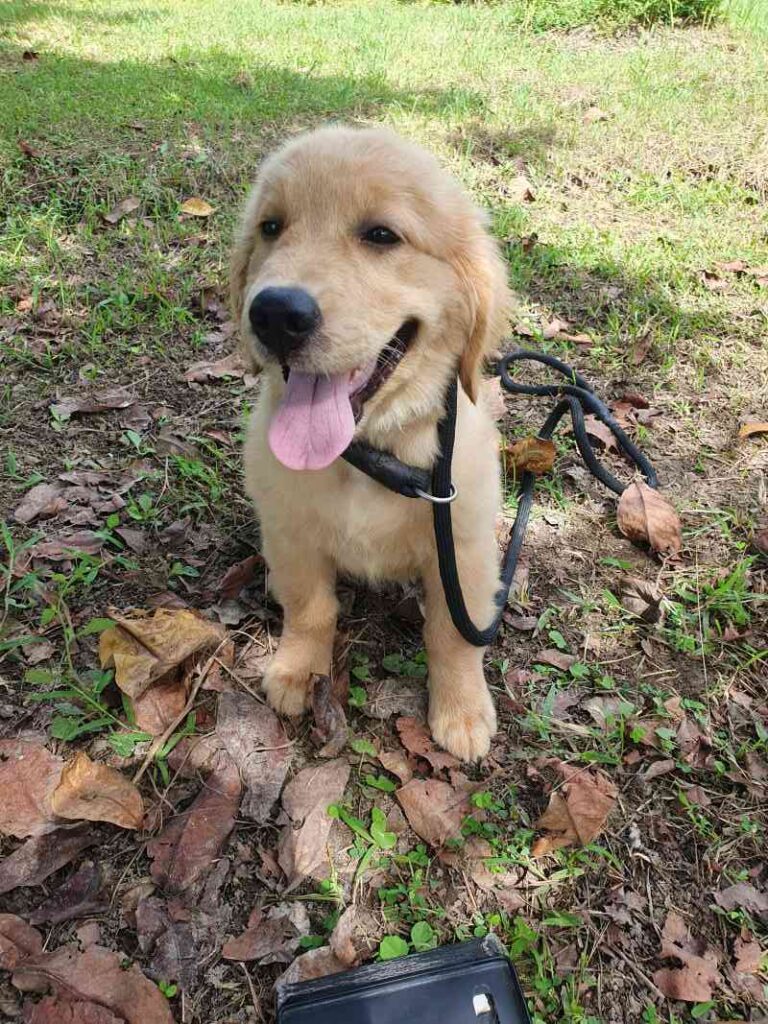


Preparedness isn’t panic—it’s love.
Whether you face a summer hike or a winter freeze, having the right tools, the right mindset, and the right response plan turns emergencies into manageable moments. Safety isn’t seasonal—it’s everyday care, done right.
Treating Cold Exposure Emergencies
Safe warming techniques recommended by professionals
If your dog shows signs of cold exposure—like shivering, weakness, or slowed movement—acting quickly can save a life. Veterinary experts agree that gradual rewarming is the safest way to help a dog recover from hypothermia. Rapid changes in body temperature can be dangerous, so avoid hot water or heating pads set to high. Here’s how to gently warm your dog at home:
- Move your dog indoors to a warm, draft-free space.
- Wrap your dog in dry, warm blankets or towels.
- Use warm water bottles wrapped in a towel and place them next to your dog; never put them directly on the skin.
- If available, use a heating pad on the lowest setting, wrapped in a towel, for extra warmth.
- Offer small sips of lukewarm water if your dog is alert and able to swallow.
Never use hair dryers, fireplaces, or direct heat sources. The goal is to raise your dog’s temperature slowly and steadily to avoid any risk to the heart or internal organs.
What NOT to do
It’s just as important to know what to avoid as what to do. Mistakes in warming methods can do more harm than good. Here are some things veterinary professionals say you should never do:
- Don’t immerse your dog in hot water or use hot heating pads—this can cause burns or shock.
- Don’t massage or rub your dog vigorously; fragile tissues can be easily damaged when very cold.
- Don’t feed your dog large amounts of food until fully warmed, as digestion can be risky when body temp is low.
- Avoid giving alcohol or caffeine.
Monitoring and potential complications
Once you begin warming your dog, watch closely for changes. Improvements might include reduced shivering, more alertness, or a stronger pulse. However, if your dog shows any of the following, you need to see a veterinarian right away:
- Continued or worsening lethargy
- Weak pulse or breathing
- Unresponsiveness
- Muscle stiffness or collapse
Complications from hypothermia may include heart arrhythmias and organ damage, so keep monitoring your dog even after they seem better. Gradual rewarming at home is often enough for mild cases, but moderate to severe symptoms require professional veterinary care.
Responding promptly is key to protecting your pet’s health and happiness whatever the season brings.
Prevention Strategies for Temperature Extremes
Keeping your dog safe in all types of weather is much easier with a good plan and the right tools. Let’s explore the simple steps you can follow to help your canine friend handle both hot and cold days with confidence.
Guidelines for Outdoor Activity in All Weather
Managing the time your dog spends outdoors is a big part of temperature safety. Not every dog can tolerate the same amount of activity in different weather. Here are some clear guidelines:
- In hot weather, avoid walks or playtime during the hottest hours—usually between 11AM and 4PM. Early morning or evening outings are much safer.
- Always provide shade and fresh, cool water. If you aren’t sure how long is safe, keep sessions short—about 10 to 20 minutes at a time is a safe bet.
- In very cold weather, limit time outside, especially for small breeds, thin-coated dogs, puppies, and seniors. Play sessions of 10 to 15 minutes may be plenty before coming indoors for a warm-up.
- Never leave your dog unattended in a parked car, no matter the season.
If you notice heavy panting, shivering, slowing down, or seeking shade or shelter, it’s time to go inside right away.
Using Protective Gear and Wearable Technology
The right gear can make a huge difference for your pup’s comfort and safety.
- In the summer, cooling vests, booties for hot pavement, and portable water bowls are smart choices.
- For chilly days, coats and booties protect against the cold and snow.
- Wearable thermometers and activity trackers alert you if your dog’s body temperature climbs too high or drops too low, giving you an early warning sign before trouble starts.
- Make sure all gear fits well and doesn’t cause rubbing or discomfort. Remove any items if your dog seems stressed or overheated.
Hydration, Acclimatization, and Conditioning
Water, training, and gradual exposure play key roles in your dog’s resilience:
- Keep fresh water available at all times—hydration is crucial for natural cooling in the heat and basic health year-round.
- Let your dog adjust slowly to weather changes. Acclimatization means gradually increasing exercise duration as the seasons shift. For instance, start with short walks and build up as your dog shows they can handle more.
- A regular exercise routine keeps your dog fit, but avoid sudden, intense sessions during weather extremes.
Following these simple prevention steps ensures that your dog stays safe—no matter what the forecast brings. In the next section, we’ll talk about how to adjust these strategies for dogs who need a little extra care.
Special Considerations for At-Risk Dogs
Understanding Dogs Most at Risk
Some dogs are more vulnerable to temperature extremes than others. These higher-risk groups include brachycephalic breeds, puppies, senior dogs, and those with health problems. Knowing how your dog’s unique traits impact their ability to handle heat or cold is key to keeping them safe.
Brachycephalic Breeds and Temperature Dangers
Brachycephalic breeds, such as bulldogs, pugs, and French bulldogs, have flat faces and short noses. This anatomy limits their ability to pant efficiently, making it harder for them to cool down on hot days. They are also more prone to heatstroke, even in only mildly warm weather.
- Limit outdoor activity during the hottest parts of the day.
- Always provide plenty of shade and fresh water.
- Use cooling gear—like vests or mats—on warm days.
- Be cautious: even a short walk can overheat these dogs quickly.
Puppies, Senior Dogs, and Health Conditions
Young puppies and senior dogs are more sensitive to temperature changes. Puppies have less body fat and underdeveloped thermoregulation, while senior dogs often lose muscle mass and may have chronic conditions affecting their health.
Health problems—like heart disease, obesity, or respiratory issues—also increase a dog’s risk. Keep in mind:
- Puppies tire quickly in heat and chill faster in cold.
- Older pets may take longer to recover from temperature stress.
- Dogs with chronic illnesses require more careful observation and may benefit from shorter, supervised outdoor time.
Breed-Specific Strategies
Different breeds need different strategies when it comes to managing temperature extremes. For example:
- Cold-adapted breeds, like huskies, do better in cold but struggle with heat. Offer them shaded rest areas and avoid exercise in hot weather.
- Short-coated breeds feel the cold sooner. Use dog sweaters or coats in winter.
- Dogs with thick coats may overheat in hot weather but do well in the cold. Always keep their coat clean and not matted to promote better heat dissipation.
Keeping At-Risk Dogs Safe
Simple steps help keep all at-risk dogs safer:
- Monitor for signs of heat or cold stress, like heavy panting, shivering, or lethargy.
- Adjust walks and playtime to match the weather and your dog’s needs.
- Use protective gear suited to their breed and condition—booties, jackets, or cooling devices.
By understanding your dog’s specific risks and taking targeted precautions, you can provide safe adventures and comfort all year round.
With these foundations, you’ll be ready to prepare a smart emergency plan for unexpected situations.
Creating a Temperature Emergency Action Plan
Every dog owner can make a huge difference by being prepared for temperature emergencies. Crafting a plan and having the right supplies ready ensures your dog’s safety, whether battling summer heat or winter chill. Let’s explore practical steps to keep your furry friend protected.
Essential Supplies for Emergencies
Readiness starts with a well-stocked kit. Here’s what you’ll want to keep at home and when heading out:
- Cool, absorbent towels for wetting down an overheated dog
- Small spray bottles for gentle misting
- Bottles of clean water (always have extras for longer outings)
- A portable, battery-operated fan
- Digital thermometer for checking body temperature
- Emergency reflective blanket for cold weather
- Dog-friendly boots and insulated jackets for winter walks
- Bags of rice or socks you can fill and gently warm in the microwave—these make safe heating pads
- Leash and a muzzle (useful if your dog becomes disoriented from stress)
- Notepad with your vet’s phone number and emergency contacts
Locating Your Nearest Veterinary Facilities
Knowledge is power. In an urgent situation, every minute counts, so plan ahead:
- Use your smartphone maps to search for “24-hour emergency veterinary clinic near me” and save this address in your contacts.
- Write down directions and phone numbers in case your phone dies.
- Familiarize yourself with the route and parking at your chosen clinic.
Keeping this info visible on your fridge or in the car can save precious moments.
Practicing Response Procedures
Planning is more than just supplies—it’s knowing what to do and practicing it:
- Gather family members or caretakers and walk through your action plan.
- Discuss who will grab supplies, who will handle the dog, and who will call the veterinary office.
- Practice checking a dog’s temperature and applying cool, wet towels or wraps if needed.
- Review the basics of safely warming a cold dog using gradual, gentle methods.
- Role-play situations so everyone feels confident and ready.
Small rehearsals now help prevent panic later. This proactive approach ensures even children or neighbors tasked with pet care are equipped to act quickly.
Preparing for temperature extremes is part of loving your dog well. With these steps, you and your family are better equipped to handle the unexpected, keep stress low, and focus on your dog’s quick recovery.

